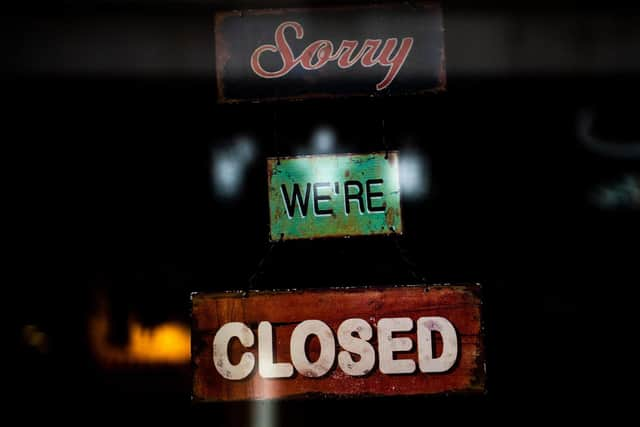Data shows South Tyneside company insolvencies rise by 118% in four years following Covid and cost of living
and live on Freeview channel 276
Around eight out of ten UK local authorities saw an increase in company insolvencies last year compared to the year prior to the pandemic.
Analysis of insolvency data shows the worst affected areas saw the number of firms winding up rise five-fold in 2022 compared to 2019.
Advertisement
Hide AdAdvertisement
Hide AdThe withdrawal of government support and soaring energy costs have been blamed for the rise, with retail and construction the hardest hit industries.


Locally, company insolvencies have risen by 118% across South Tyneside with 11 registered companies announcing liquidation in 2019 compared to 24 in 2022.
Official data shows 7 companies stopped operating in 2020 while 21 came to an end in 2021 and 24 closed in 2022, totalling 63 in total.
In comparison, a total of 74 companies were lost in Sunderland and a huge 210 businesses shut down across North Tyneside. The same time frame saw 493 Newcastle businesses stop trading, equating to a 60% rise in insolvencies.
Read South Tyneside's news on the go with our free email newsletters - bringing the headlines to your inbox. Catch up on the day's news and sport and enjoy even more from your Gazette. Visit our website here to find out more and sign up.
Advertisement
Hide AdAdvertisement
Hide AdThe data shows a total of 47,546 registered companies were lost from 2019 until 2022 with last year seeing the biggest number of places come to an end with 16,627.
Out of the 221 upper-tier local authorities some 187 authorities saw a rise in liquidations while only 29 saw a fall. Five saw liquidations stay the same over the four year spell.
The council areas to see the largest proportional rise in liquidations in England covered a range of geographical areas, although five of the top ten areas were in the outskirts of London. These were Havering, Southend, Harrow, Tower Hamlets and Bromley.
